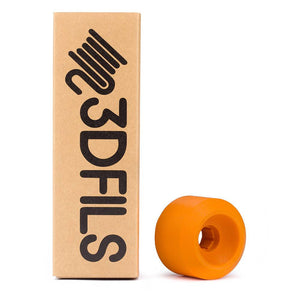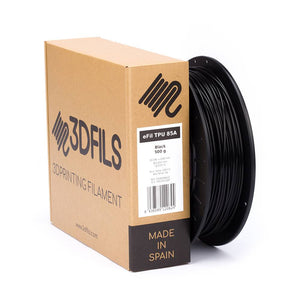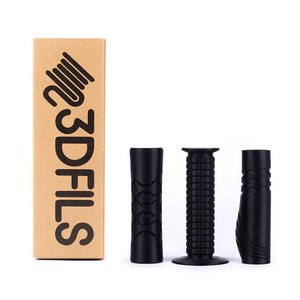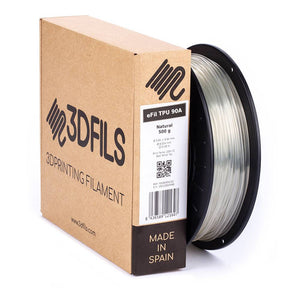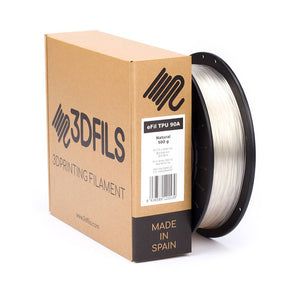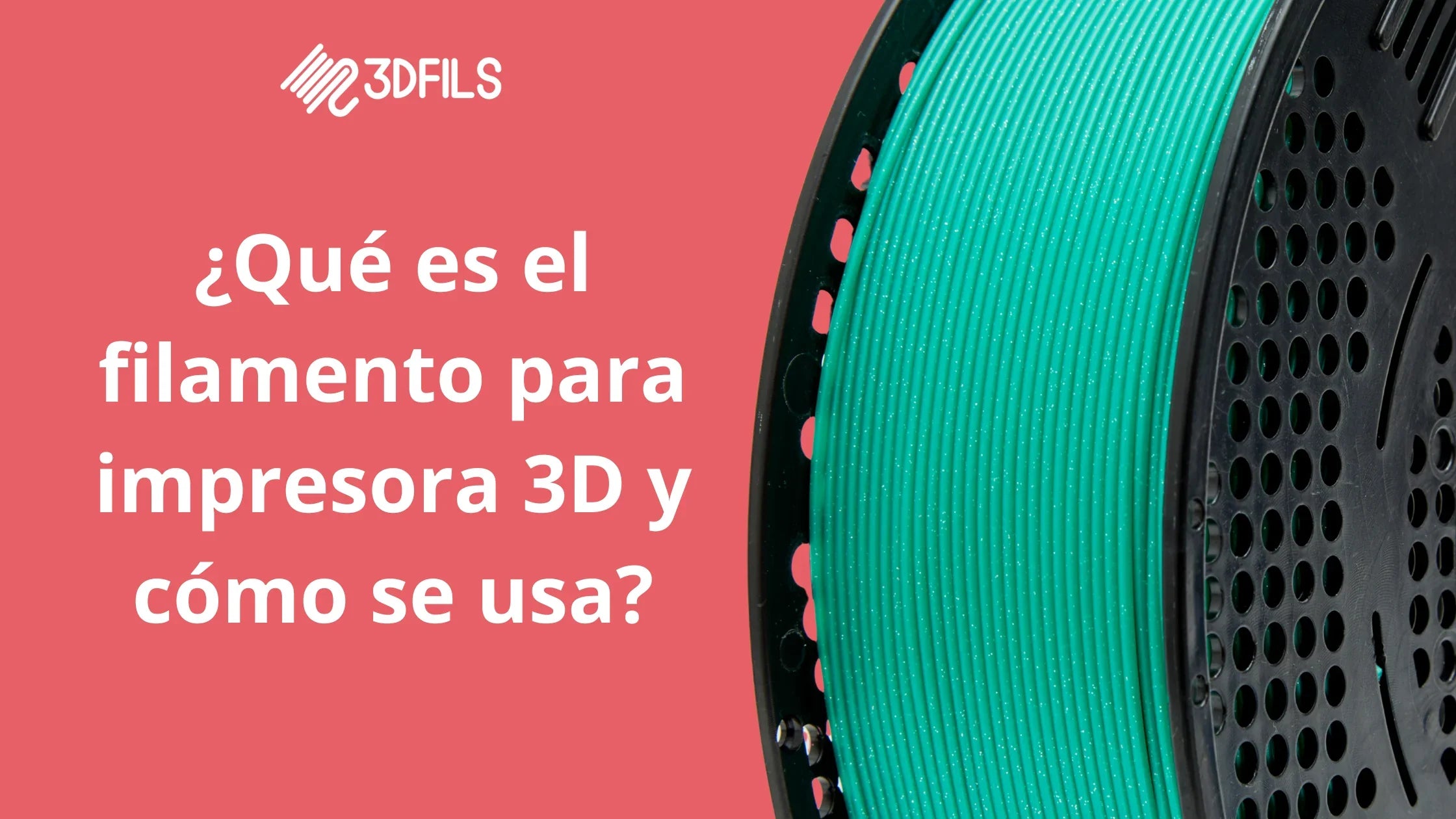Bambu Lab 3D printers have revolutionized the home 3D printing market. Their ease of use combined with the high print quality they offer has made them the first choice for many users when selecting a 3D printer. All of this, along with the AMS system for multicolor printing, makes them a very complete system capable of printing almost any material.
However, printing with flexible TPU filament can be challenging for Bambu Lab printers. Still, with the right settings, it is possible to print TPU on them and achieve outstanding results. In this article, we’ll explain everything you need to know to print TPU filament with Bambu Lab printers.
1. Forget About the AMS
As we mentioned before, the AMS is an incredible system thanks to its multi-material and multicolor capabilities, but due to how it works, you shouldn't use it to print flexible filament.
To operate, the AMS uses a series of Bowden tubes to guide the filament through the system. These tubes involve several bends that are too complex for soft TPU filament, which can lead to clogs.

We recommend that you don’t use the AMS and instead feed the filament directly into the printer. However, harder TPUs, such as our eFil TPU 60D, can be used with the AMS.
2. Keep the Filament Dry
TPU is a highly hygroscopic material, meaning it absorbs a lot of moisture from the environment. A high moisture content in any 3D printing filament can severely affect the quality of your printed parts. If your TPU filament isn't properly dried, your prints might show bubbles, stringing, and other common 3D printing defects.
To dry TPU filament, it’s recommended to use hot air at a temperature between 65 ºC - 75 ºC for 8 hours.
3. Choose the Right TPU Hardness
Due to the extruder design of Bambu Lab 3D printers, not all TPU hardness levels can be printed on them. The general recommendation is to use TPU with a hardness between 85A and 95A. Softer materials (below 85A) can be deformed by the extruder’s force, leading to clogs.
4. Adjust Your Print Settings
Generally, the print profiles provided by Bambu Lab in their Bambu Studio software are well-calibrated for flexible materials, and our flexible 3D printing filaments are fully compatible.
Here is a summary of the most important parameters for printing flexible TPU filament on a Bambu Lab printer:
| Parameter | Value |
|---|---|
| Printing temperature | 230ºC - 240 ºC |
| Heated bed temperature | 30 ºC |
| Maximum volumetric speed | 3.6 mm³/s |
An important tip that’s often overlooked is that print speed is limited when using non-official Bambu Lab materials. With their TPU profile, the max volumetric speed is 3.6 mm³/s, while the generic profile is limited to 3.2 mm³/s. Keep this in mind if your prints seem too slow.
Even so, TPU is a material that requires slower printing speeds by nature.
5. Model Placement on the Print Surface
TPU is prone to stringing between parts. Therefore, it's recommended to avoid large movements of the print head. Ideally, print models one by one. If you want to print multiple models at once, activate the setting to print sequentially by model instead of by layer, which is the default behavior in the software.
6. Post-Processing Printed Parts
Once your print is finished, be cautious when removing the model from the print bed to avoid damaging it. TPU adheres very well, which makes it stick firmly to the bed. To remove the part, don’t pull forcefully—instead, lift a corner and slowly peel it off.
To remove stringing from prints, you can use a low-power heat gun or a lighter. Just be careful not to damage the part or yourself.




